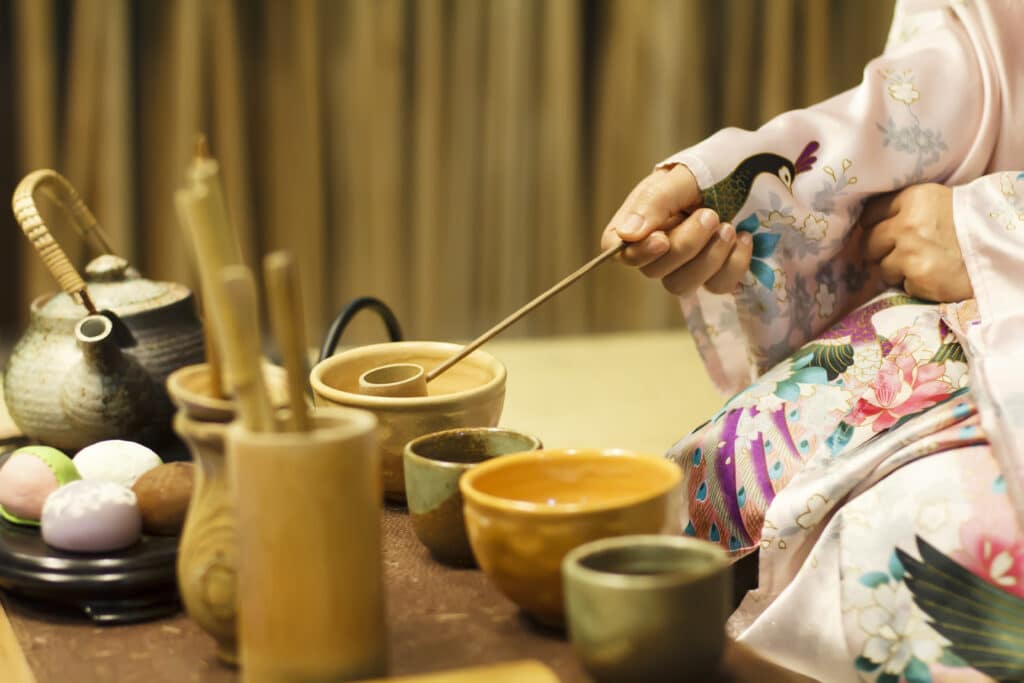Egg Coffee
One of Vietnam’s must-try drinks is definitely the Egg Coffee – Cà Phê Trứng. Combining coffee with egg might sound strange, but your opinion will surely change after trying this decadent beverage.
The creation of Vietnamese Egg Coffee dates back to the 1940s during the First Indochina War, when milk shortage became a considerable issue for coffee makers, who had to experiment with other ingredients.
To replace the missing milk but retain the creamy coffee consistency, Nguyen Van Giang—a Vietnamese bartender in Hanoi—tried adding an egg yolk. When frothed with sugar and condensed milk, the egg created a thick and foamy consistency, leading to the recognisable foam on top of the freshly brewed coffee.
A quintessential part of Vietnam’s rich culinary traditions, don’t forget to try out egg coffee during our Highlights of Hanoi half-day tour.

